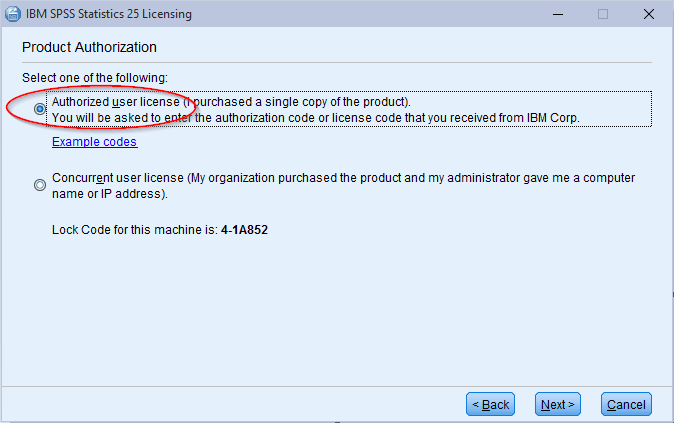

Proc append base=dataset1 data=dataset2 force To workaround this issue, we can use FORCE option to append the data sets. Suppose you have two datasets having same variable names but the length of the common variable is different, It would throw a warning and it would not append datasets. In each iteration, it returns a data set which needs to be appended with the output of subsequent iterations so that once loop completes all the iterations, we would have complete data set. For example, you create a macro in which there is a loop for calculation of some metrics of multiple variables. PROC APPEND is most useful when you use it in a macro. the dataset identified by the syntax ‘DATA=’). PROC APPEND is faster than SET statement or PROC SQL UNION because it only reads in the data set being appended (i.e. If the dataset ALLDATA does not already exist, it would be automatically created by SAS.
#MERGE DATASETS IN SPSS CODE CODE#
In the first PROC APPEND, it would create a base table ALLDATA (as specfied in the code below). If you want to append data and store it to another dataset, you can run PROC APPEND twice to do it. After running this code, the dataset1 contains 8 records ( 4 from the original 'dataset1' file and 4 from the dataset2) Remember that in a one-to-many merge, there is a file that has one observation that matches to many observations in the other file let us refer to these as the one file and the many file. In log, it writes 'Appending Dataset2 to Dataset1' for our example. SPSS handles the inclusion of mismatched records in a one to-many merge differently than a one-to-one merge. In PROC APPEND, the data set specified in BASE= option refers to a data set in which other data set would be added or appended. QUIT The output of PROC SQL is same as the output of previous example. The CORR tells SAS to append data sets by name (not by column position). OUTER UNION CORR keyword is used in PROC SQL to concatenate two data sets. Make sure data sets are sorted before appending datasets. You interleave data sets using a SET statement and a BY statement in a DATA step. Interleaving combines individual sorted SAS data sets into one sorted data set. This will allow you to merge two datasets on an ID variable, and keep cases from both datasets while adding new variables. Highlight ID variable and arrow it over to the 'key variables'. Interleaving SAS Data Sets (Sorted Stacked Data Set) Click the box 'Match cases on key variables in sorted files.' Click 'both files provide cases'. Note : The stacked data set is not sorted because we have not used BY statement.Ģ.


 0 kommentar(er)
0 kommentar(er)
